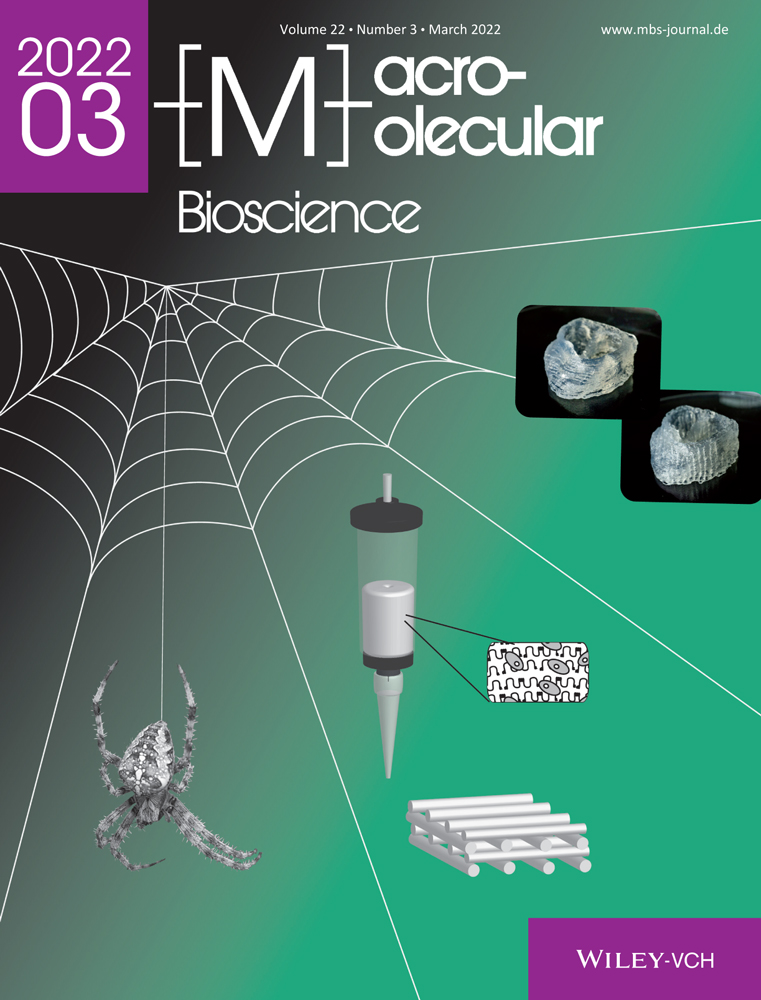A Polyaniline Nanoparticles Crosslinked Hydrogel with Excellent Photothermal Antibacterial and Mechanical Properties for Wound Dressing
Abstract
Antibacterial hydrogel wound dressing is highly desirable in wound healing and infection control. However, the development of antibacterial hydrogels with controllable antibacterial properties and adequate mechanical properties without bacterial resistance and potential toxicity remains a challenge. Herein, a double bonds-ended polyaniline nanoparticle (Me-PANI NP) is synthesized, which can convert light energy into heat upon near-infrared (NIR) irradiation, and it is used as a novel photothermal antibacterial agent. The obtained bonds-ended Me-PANI NPs are subsequently involved in polyacrylamide (PAM) polymerization and served as chemical crosslinking points to form the Me-PANI NPs@PAM hydrogel, endowing the hydrogel with controllable photothermal antibacterial abilities upon NIR irradiation without time and space limit. Importantly, due to the energy dissipation of Me-PANI NPs under stretch, the Me-PANI NPs@PAM hydrogel achieves a maximum stretching ratio of 400% mechanical flexibility. The developed hydrogel can be potentially applied as a novel wound dressing to realize controllable treatment of bacterial infections and accelerate skin wound healing.
Conflict of Interest
The authors declare no conflict of interest.
Open Research
Data Availability Statement
The data that support the findings of this study are available from the corresponding author upon reasonable request.




